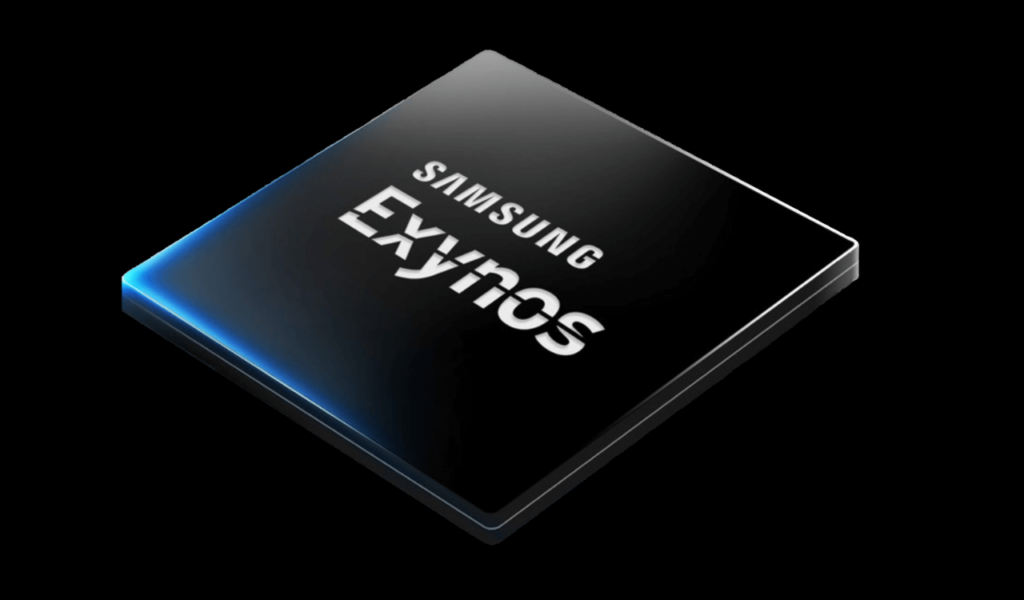As per the report, it is said that Samsung takes a strategic way to limit the increase in the chip supply which would significantly balance the demand and supply gap, and the step is also taken to prevent a repeat of the industry’s hard landing occurs in 4Q18.
Limited increase in chip supply in 2023 to affect supply and demand dynamics
By 2023, Samsung expects demand-related uncertainties to persist in the market. However, it is also noticeable that the top three DRAMs increase the chip shipment by an average of 15%. This measure is taken of limited increase in supply should slow down the volatility of the memory chip cycle, which should definitely have a significant impact on the dynamics of supply and demand.
Balance the Market Dynamics
Now following are the root cause of the step to be taken:
The Korean giant maintains BUY and 12m TP of 75,000 KRW to SEC, and that too continues to have a positive outlook, such as:
- The stock has fallen to an all-time low of 1.1x P / B, which seems excessive even with the shortcomings of 2Q22 and
- A limited increase in the supply of memory chips projected in 2023 should reduce the volatility of the memory chip cycle, preventing the occurrence of the tough scenarios that happened in 4Q18.
Meanwhile, the company also revised downwards 2022E NP (attributable to control interest) by 7% to KRW40.8tn to reflect the adverse impact that macro uncertainties are expected to have on the demand for smartphones/computers and DRAM / NAND prices.
KRW14tn’s 2Q22P OP does not reach market consensus
SEC reported revenue in KRW77tn 2Q22P (-1.0% QoT, + 20.9% YoY) and KRW14tn OP (-0.6% QoT, + 11.7% Year-on-Year; 18.2% OPM) . OP did not reach the market consensus of KRW14.7tn because:
- Weak IT demand kept DRAM / NAND bit growth slower than expected at + 7% QoT / flat QoQ and
- The drops in smartphone / TV shipments were considerable, with -17% t / t / -28% t / t.
On the other hand, despite the seasonality of low demand, DP saw that the small/medium size OLED OP kept QoQ flat thanks to the fast sales of the iPhone 13. In terms of OP by division, we estimate Semiconductor at KRW10tn, MX at KRW2.6tn, DP at KRW0.9tn and CE at KRW0.5tn.
A limited increase in chip supply in 2023 to affect supply and demand dynamics. For 2H22, we expect OP to retire at 26.2 trillion KRW (-12% year-on-year) due to:
- DRAM / NAND price reductions and
- Establish shipping rejections (e.g., smartphones, televisions, appliances).
